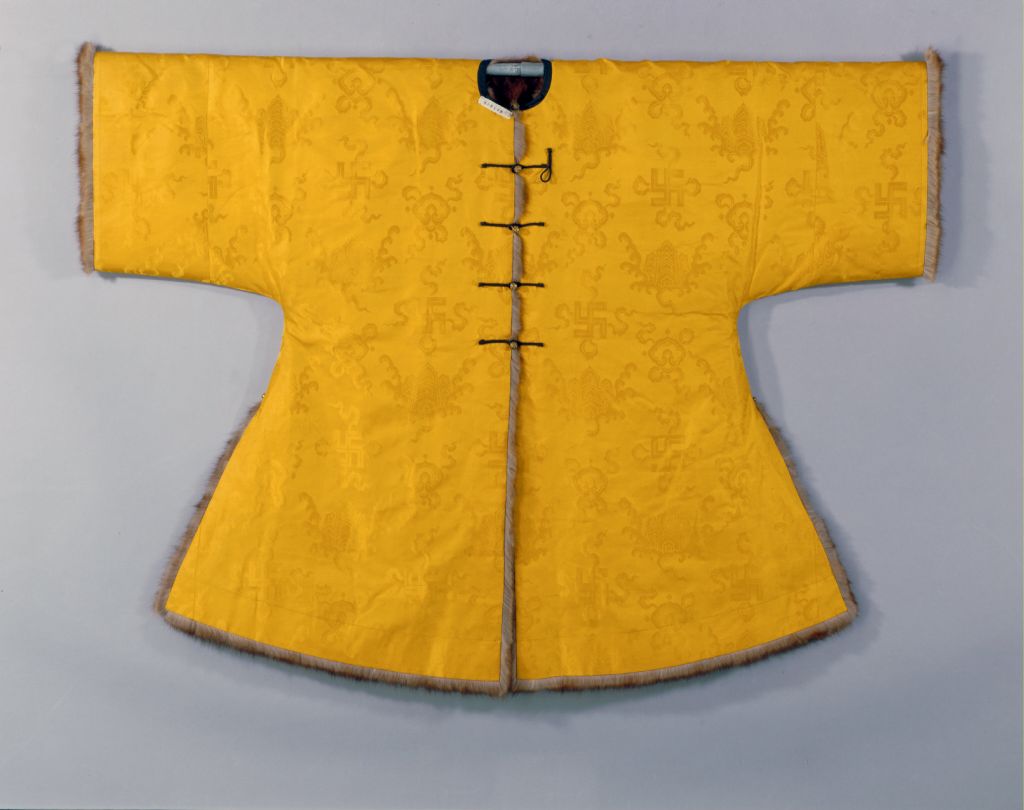[Zhao Chang’s Painting of Nymphaea from Life]
The Painting of Nymphaea from Life, Northern Song Dynasty, Zhao Chang’s painting, paper edition, color setting, 27.7cm vertically and 91cm horizontally
There is no author’s stamp on the scroll. There are poems written by Feng Zizhen and Zhao Yan of the Yuan Dynasty, postscript written by Dong Qichang of the Ming Dynasty and a poem written by Emperor Qianlong of the Qing Dynasty at the end of the paper. The official seal of Jia Sidao in Song Dynasty, “the official seal of the State of Wei”, “the autumn valley”, “the official seal of the Taizhou Housing Service Department” (official seal), the “imperial sister book” of the eldest princess of the State of Lu, the sister of Aiyuli Bali Bada of Yuan Renzong, the “official seal of the Ming Dynasty,” the official seal of the ceremony inspector “(official seal of Hongwushi), the Qing and Liang Dynasties, the Qing Dynasty, the Qing Dynasty, the Qing Dynasty, the Qing Dynasty, the Qing Dynasty, the Qing Dynasty, the Qing Dynasty, the Qing Dynasty, and the Qing Dynasty. Because Dong Qichang wrote a postscript on the picture: “Zhao Chang’s sketch once entered the imperial palace, and those who gave the eldest princess in the Yuan Dynasty often saw Feng Haisu’s postscript. This is one of them.” So this picture was designated as Zhao Chang’s painting
Painting the idyllic landscape of butterflies falling in love with flowers. The nimble and flapping butterfly dances in the upper part of the painting; Autumn flowers and withered reeds swayed at the bottom of the scroll. In terms of image representation, the author uses the double-tick color filling method to draw the slope, grass and butterfly. Its lines are full of ups and downs and changes in thickness, and the ink color is also divided into light and light. The application of color is accumulated and dyed in many layers, especially the wings of the butterfly are more colorful and thick because of accumulated dye, thus forming a “light” and “heavy” contrast with the grass leaves mainly dyed in plant color. The image of the butterfly in the picture is the most vivid. The author vividly depicts the texture of the butterfly’s wings as thin as silk, the colorful patterns and the slender roots and legs of the butterfly. The vivid pen and ink show the author’s profound sketching skills, making this picture an image material for studying ancient butterfly species. The author deserves the reputation of “sketching Zhao Chang”
It is recorded in Shiqu Treasure Collection of the Qing Dynasty
This picture has been circulated. It can be seen from the seal on the picture that it was first collected by Jia Sidao, the prime minister of the Southern Song Dynasty. In the year of Deyou, Jia Sidao was convicted of treason, and this volume was confiscated by the government. After entering the Yuan Dynasty, it was collected by the eldest princess of the State of Lu, the sister of the Yuan Renzong Aiyuli Baba. At the beginning of the Ming Dynasty, it was collected by the Department of Ritual Discipline Inspection of the Inner Government. In the Qing Dynasty, it was transferred to the hands of Liang Qingbiao, a great collector, and was immediately included in the Qing Dynasty’s internal government, which was highly appreciated by Emperor Qianlong. In the late Qing Dynasty, when Xuantong was proclaimed, it was stolen by Zhu Guoen, the “national soldier” of Manchukuo, and stored in his home in Changchun, Jilin Province. In 1952, a working group organized by the Northeast Ministry of Culture obtained this volume in Changchun and handed it to the original Northeast Museum for collection. Later, the museum sent it to the National Cutural Heritage Administration together with Cui Bai’s “Cold Sparrow Painting” and Wu Yuanyu’s “Litchi Painting” of the Northern Song Dynasty, and the Cultural Heritage Bureau transferred them to the Palace Museum for archiving.
![图片[1]-Zhao Chang’s sketch of a butterfly-China Archive](https://chinaarchive.net/Northern Song dynasty/painting/s58defdbf1dcc1.jpg)
![[Qing Dynasty] British female painter—Elizabeth Keith, using woodblock prints to record China from the late Qing Dynasty to the early Republic of China—1915-China Archive](https://chinaarchive.net/wp-content/uploads/2022/11/image-191x300.png)




